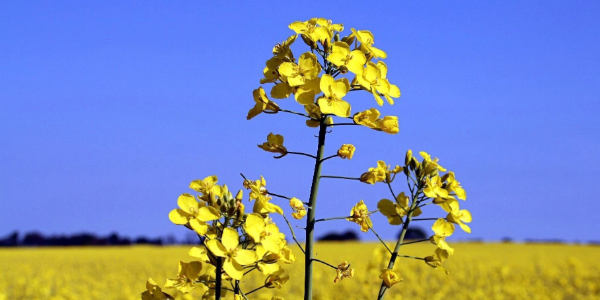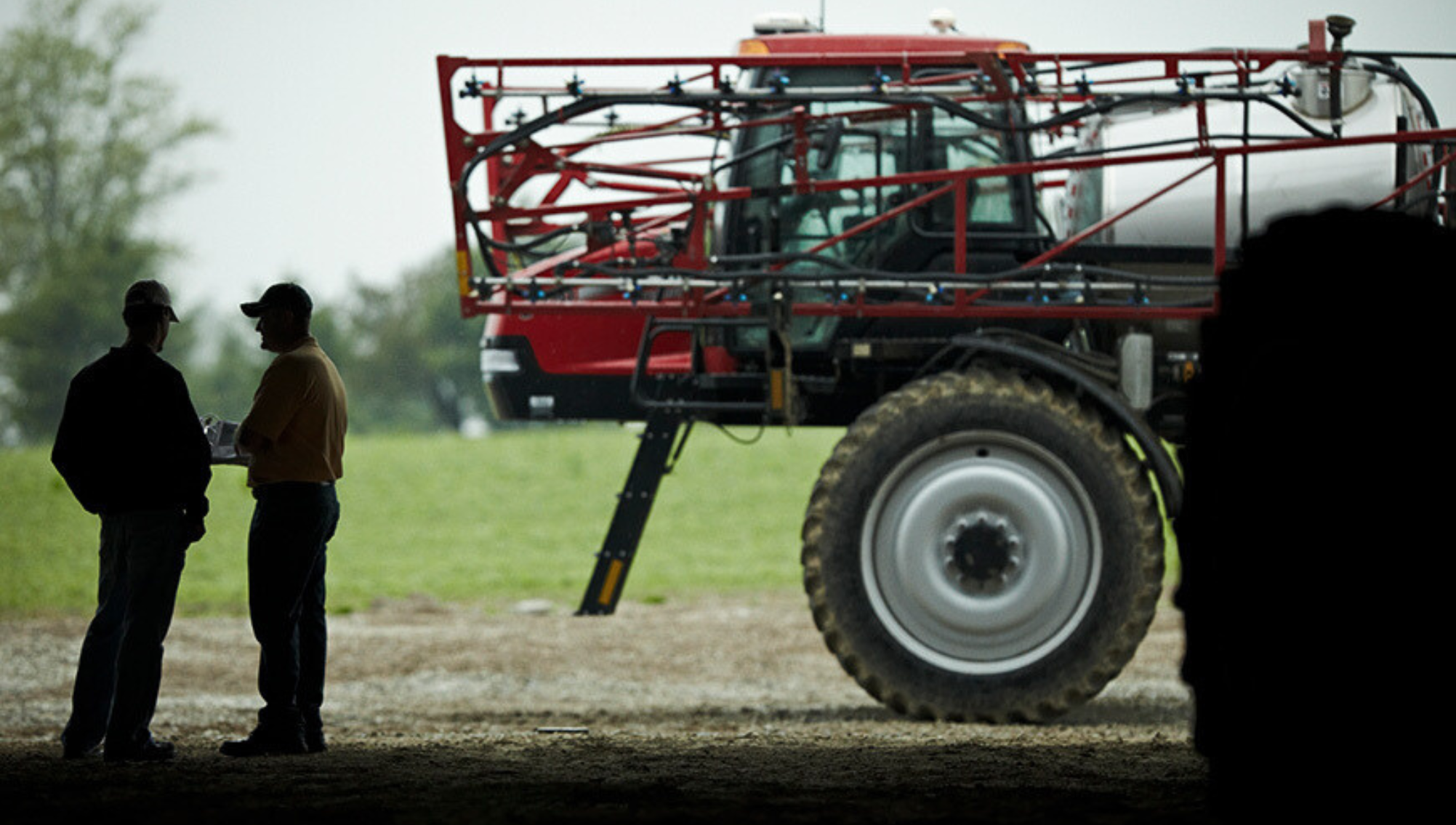Canadian farmers have become all too familiar with weather extremes. Drought, erratic precipitation, and rising temperatures have made their mark on agricultural production over the last several years. Among these challenges, heat blast stands out as a quiet but costly villain, silently stealing yields from pulse crops, cereals, and canola across the Prairies. But there's good news: a promising wave of biosolution products is emerging to help growers combat the effects of heat stress in a proactive way.
Unlike hail or drought, heat blast doesn’t leave a dramatic visual mark. You only notice it when the pods are missing or the heads are smaller than expected. It’s a silent thief.
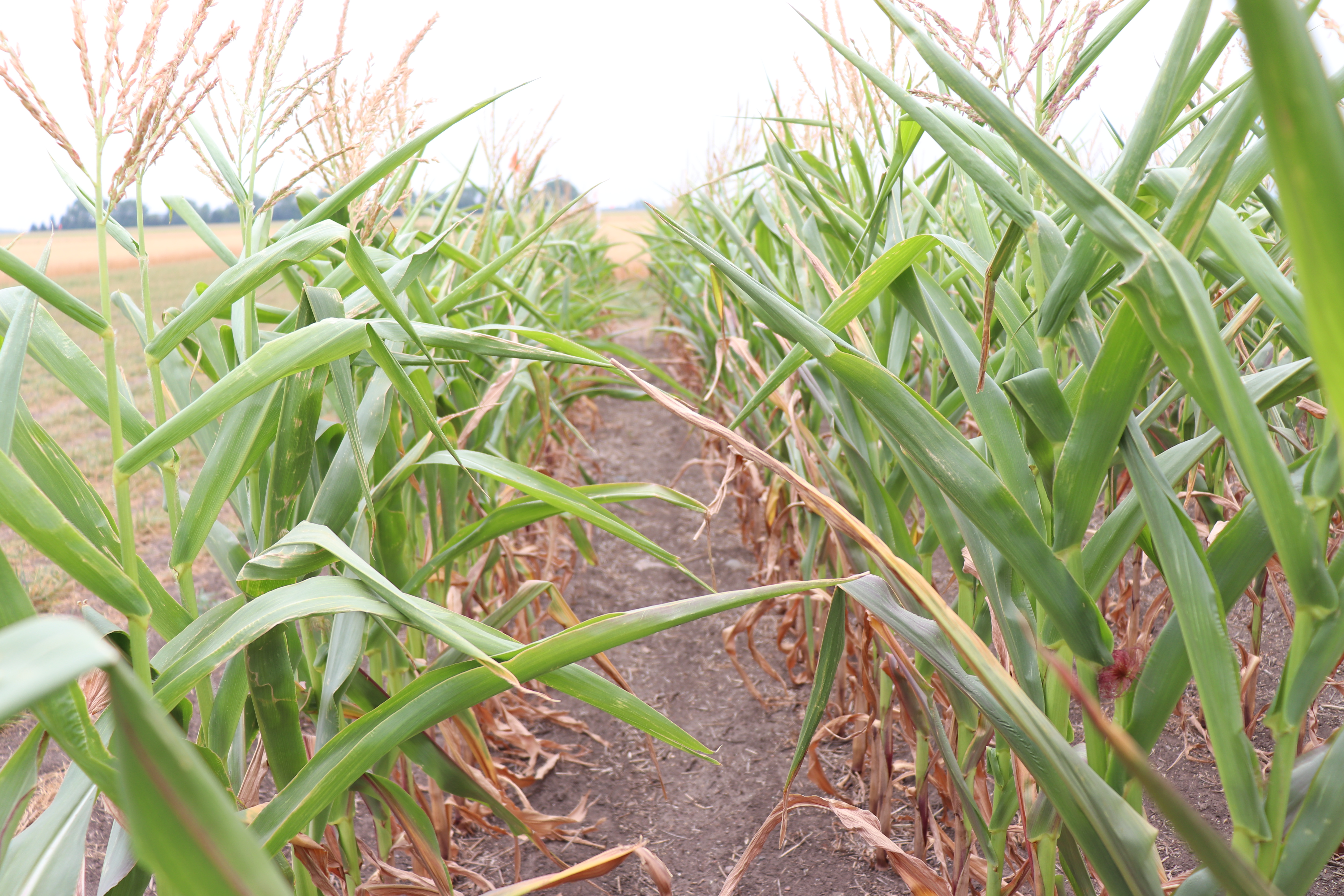
Biostimulants, in particular, show promise in helping plants tolerate heat stress. But here’s the catch. This space is evolving fast. With substantially lower barriers to entry than synthetic pesticides and quicker paths to market, new products are popping up constantly.
That’s why WinField® United Canada is cutting through the noise with its 3E strategy: Educate, Evaluate, and Elevate. The goal is to give Independent Ag Retailers and their growers better guidance on how and where to use these tools, test them in real world trials, and share what works for farm-gate success.
Many biostimulants contain amino acids (like B Sure® or Primacy ALPHA®), seaweed extracts (like Wave™), or various combinations of plant hormones (like the Corteva Agriscience™ lineup of biostimulants) to help plants stay in the game.
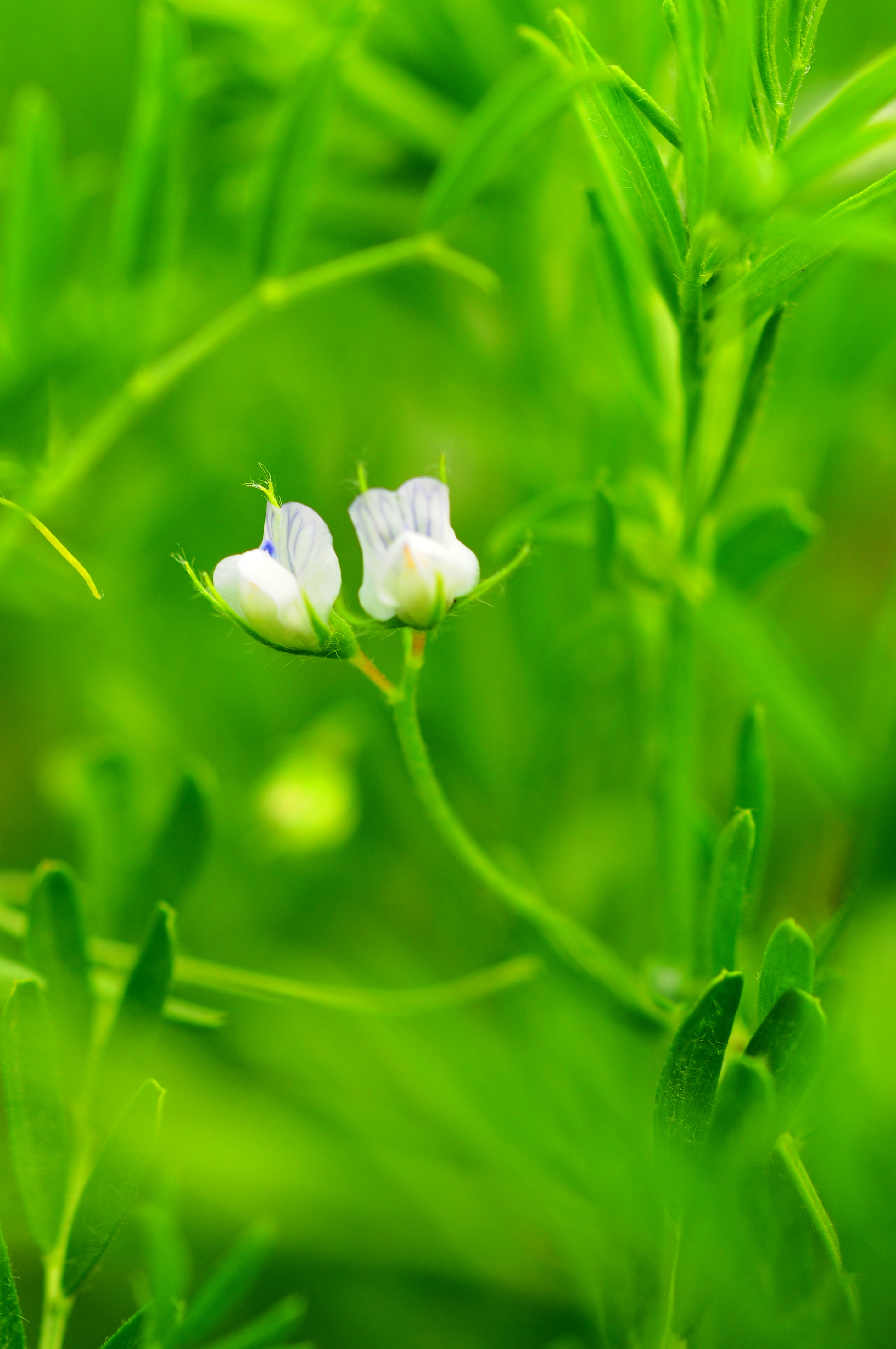
Note that when heat stress is compounded with limited soil moisture, multiple products may be needed to overcome multiple stressors.
Nick Bilyk, Account Manager with Crop Management Network in Holden, Alberta, trialed X-Cyte on oats during the brutal summer heat of 2024.
“There was a noticeable and measurable difference in heat blast on the plant, with an average of seven more seeds per plant in the strips treated with X-Cyte than those without. This translated into a yield difference with X-Cyte helping to preserve some yield,” says Bilyk. “Because this was the only time I’ve seen this product, I plan to explore it more in 2025 if excess heat is in the forecast around flowering timing. I look forward to seeing if we get the same successes with X-Cyte in 2025.”
That kind of curiosity and willingness to explore biostimulants over multiple seasons is key. These products are designed to mitigate stress, so if the stress doesn’t show up, or if the timing is off, the yield bump might not either. Unlike synthetics, where yield gain is the gold standard, success with biologicals is more nuanced and less immediately apparent.
The good news is that many biosolutions can be tank mixed with fungicides or foliar nutrition products, making them easy to slot into your existing spray programs2. Just don’t skip the jar test before you mix a tank. Compatibility matters.
Want to see them in action? Check out the biosolutions offerings at the WinField United Answer Plot® tours, July 15 and 16 just outside Saskatoon.
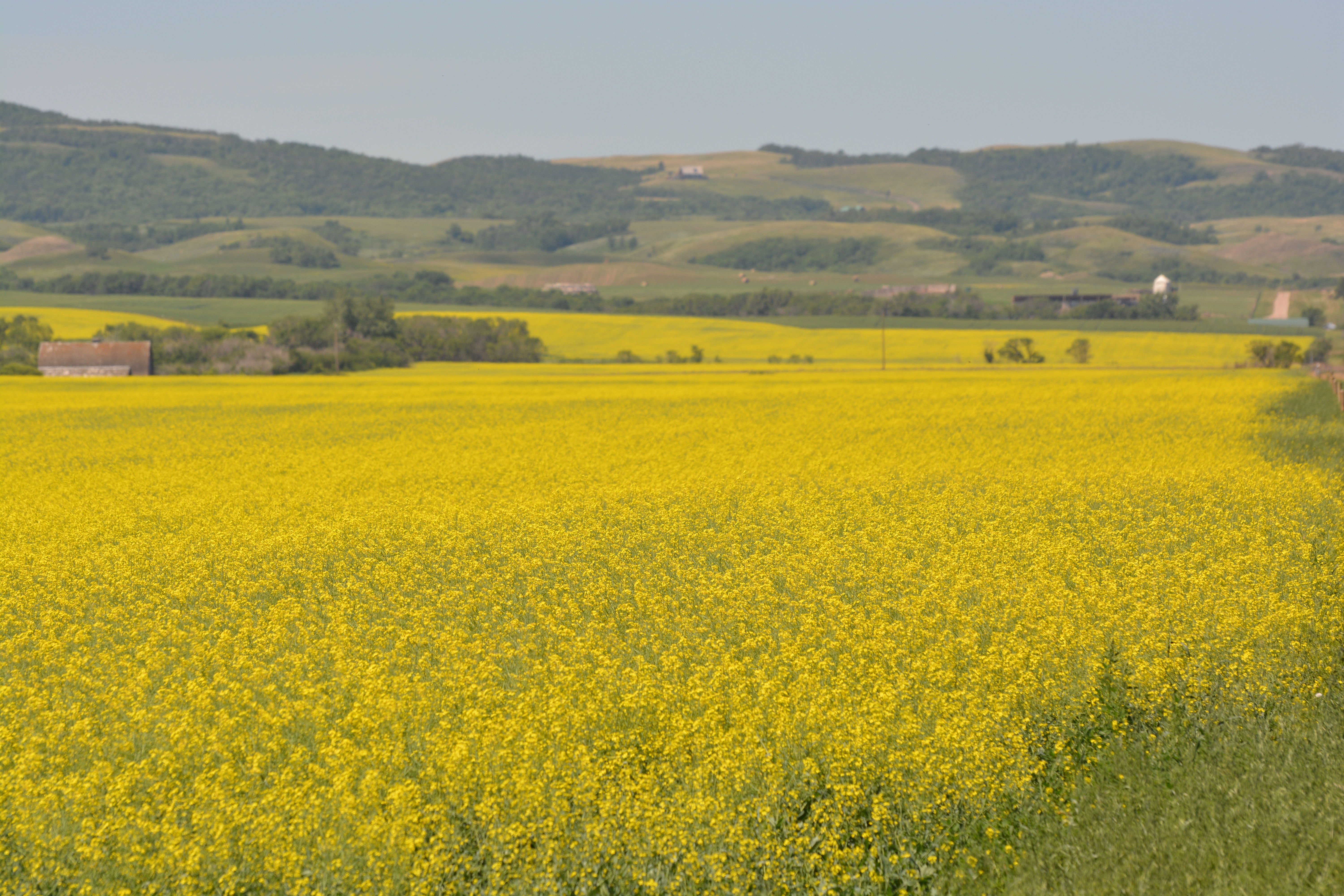
As Bilyk puts it:
“Abiotic stress happens every year. We need to make sure we’re considering biologicals as an option for our growers.”
What is Heat Blast and Why Should You Care?
Heat blast hits when crops face high temperatures—days above 28 to 30°C with nights above 16°C —during critical reproductive stages like flowering and pod fill. The result? Pollen sterility, poor pod set, flower abortion, and ultimately, reduced yield and quality. In crops like canola and lentil, even a few days of extreme heat can lead to significant losses, often without any obvious warning signs. While canola and pulse crops may be more commonly thought of as being susceptible, don’t count cereals out. They suffer too, with smaller grains and fewer seeds per head. Even corn takes a hit when temperatures climb past 33°C during tasseling.Unlike hail or drought, heat blast doesn’t leave a dramatic visual mark. You only notice it when the pods are missing or the heads are smaller than expected. It’s a silent thief.

So, What Are Biosolutions?
Biosolutions are biologically derived agricultural inputs – including biostimulants, biofertilizers, biocontrols, and plant growth regulators – that work to enhance plant health and productivity. Biosolutions are often composed of living organisms or naturally occurring compounds to simulate physiological responses in crops. Think of them as a plant’s personalized performance coach, helping it stay cool, hydrated, and productive—even when the weather doesn’t cooperate.Biostimulants, in particular, show promise in helping plants tolerate heat stress. But here’s the catch. This space is evolving fast. With substantially lower barriers to entry than synthetic pesticides and quicker paths to market, new products are popping up constantly.
That’s why WinField® United Canada is cutting through the noise with its 3E strategy: Educate, Evaluate, and Elevate. The goal is to give Independent Ag Retailers and their growers better guidance on how and where to use these tools, test them in real world trials, and share what works for farm-gate success.
The Science Behind the Solution
When heat stress hits, crops shift away from yield production into survival mode. That means less flowering, reduced photosynthesis, and poor pod set. Biostimulants can intervene to adjust the hormones that are causing this reaction.Many biostimulants contain amino acids (like B Sure® or Primacy ALPHA®), seaweed extracts (like Wave™), or various combinations of plant hormones (like the Corteva Agriscience™ lineup of biostimulants) to help plants stay in the game.

Real-World Success Stories
Thinking specifically about heat stress, many of the negative physiological processes that happen in the plant result from a drop in cytokinin levels1. Corteva Agriscience has harnessed cytokinin in a biostimulant product, X-Cyte™. When applied prior to a heat stress event, X-Cyte is touted to increase plant resilience, reduce flower/kernel abortion, and pod loss.Note that when heat stress is compounded with limited soil moisture, multiple products may be needed to overcome multiple stressors.
Nick Bilyk, Account Manager with Crop Management Network in Holden, Alberta, trialed X-Cyte on oats during the brutal summer heat of 2024.
“There was a noticeable and measurable difference in heat blast on the plant, with an average of seven more seeds per plant in the strips treated with X-Cyte than those without. This translated into a yield difference with X-Cyte helping to preserve some yield,” says Bilyk. “Because this was the only time I’ve seen this product, I plan to explore it more in 2025 if excess heat is in the forecast around flowering timing. I look forward to seeing if we get the same successes with X-Cyte in 2025.”
That kind of curiosity and willingness to explore biostimulants over multiple seasons is key. These products are designed to mitigate stress, so if the stress doesn’t show up, or if the timing is off, the yield bump might not either. Unlike synthetics, where yield gain is the gold standard, success with biologicals is more nuanced and less immediately apparent.
When and How to Apply
Timing is everything when it comes to mitigating heat blast. Biosolutions are most effective when applied before the onset of stress, not after the damage is done. That means watching the forecast and targeting high-risk windows, like early flowering in canola or R1 to R3 in soybeans.The good news is that many biosolutions can be tank mixed with fungicides or foliar nutrition products, making them easy to slot into your existing spray programs2. Just don’t skip the jar test before you mix a tank. Compatibility matters.
Want to see them in action? Check out the biosolutions offerings at the WinField United Answer Plot® tours, July 15 and 16 just outside Saskatoon.

The Road Ahead
With more extreme heat events predicted across Western Canada in the future, biosolutions represent more than just an agronomic tool—they’re an adaptive strategy for the future of farming. Heat blast might be inevitable but yield loss doesn’t have to be. With biosolutions in the mix, growers can stay one step ahead. They can protect yields, preserve profits, and build resilience into their operations.As Bilyk puts it:
“Abiotic stress happens every year. We need to make sure we’re considering biologicals as an option for our growers.”
[2] Always read and follow label directions.
